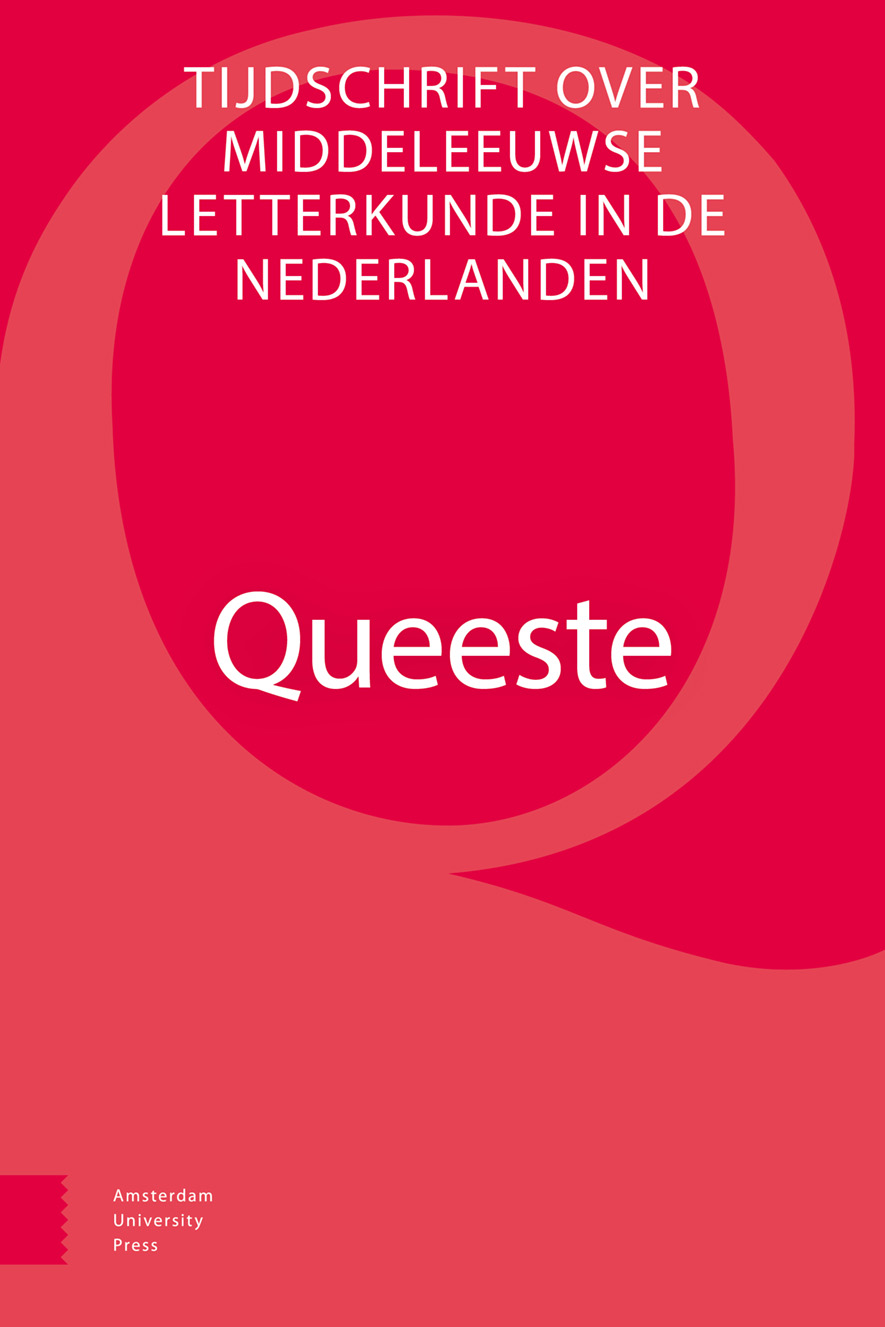-
oa Love and the natural order of things
On the ideology of Van den Winter ende van den Somer
- Amsterdam University Press
- Source: Queeste, Volume 31, Issue 1/2, Dec 2024, p. 37 - 51
-
- 01 Dec 2024
Abstract
In Van den Winter ende van den Somer, written about 1400 in or around Brussels as one of the four secular plays known as ‘abele spelen’, the traditional folkloristic motif of a struggle between summer and winter is permeated by a discussion on the cosmic order. This is explained by Venus, who acts as a planet as well as the goddess of love. From the beginning the love theme pervades the discussions. Venus’ role and explanation are in line with contemporary ‘modern’ theories on love and cosmic order. The ideology of this play – love is worth striving for, the cosmic order has to be maintained and the goal in life is harmony between partners and in the cosmos – echoes the message of the surrounding ‘abele spelen’ and the farces following them. However, in Van den Winter ende van den Somer the role of the tramp provides a stark reminder that even in a harmonious natural order there will be losers.


